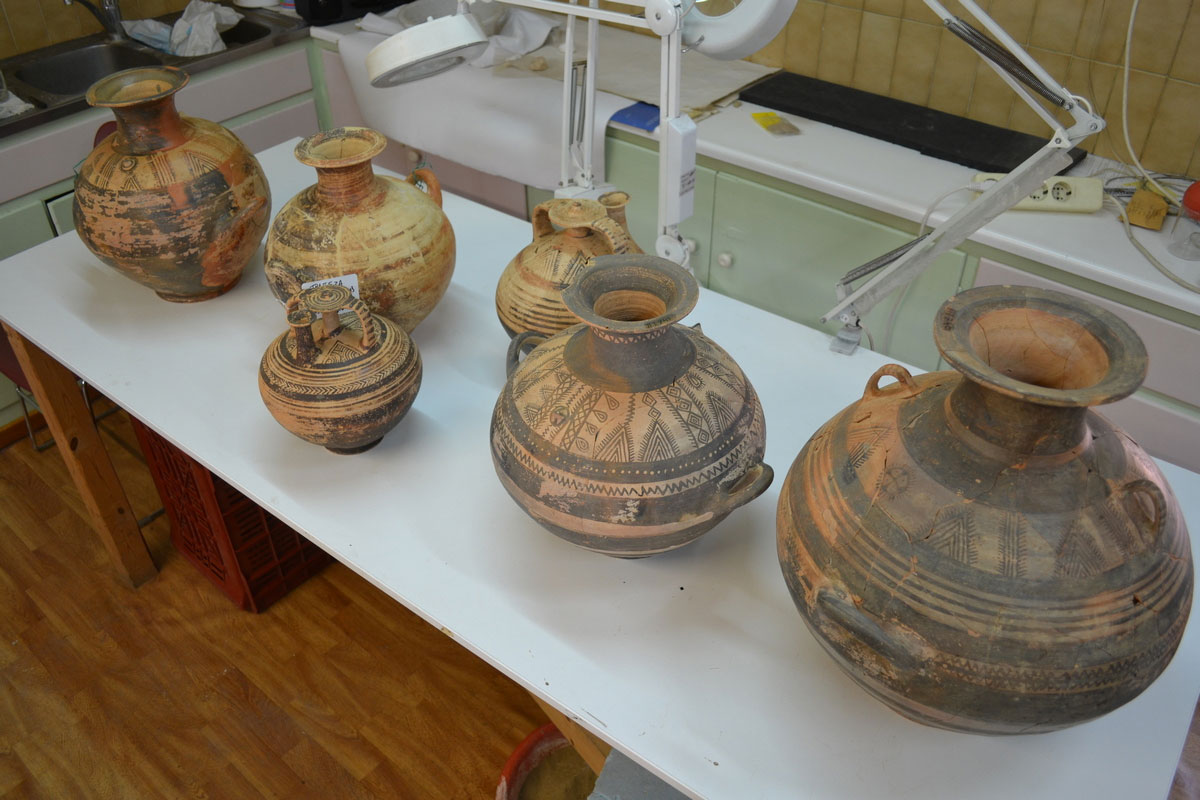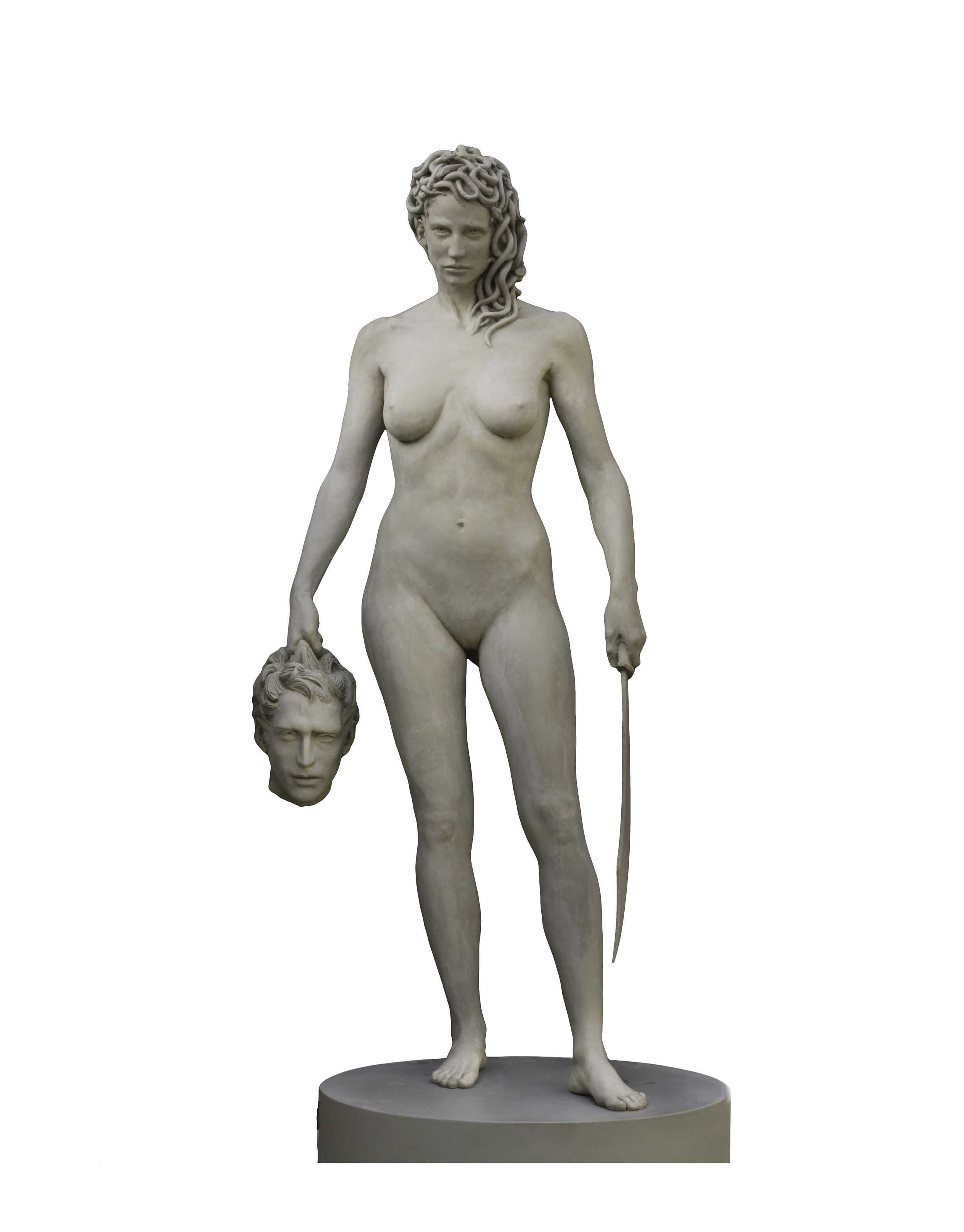The economics of the illicit trade in antiquities is no different from standard market economics—the price of commodities in relation to demand and supply govern the market. Leila Amineddoleh, a lawyer who deals with art crime, in her paper titled “The role of museums in the trade of black market cultural heritage property”, sums this up as follows: “The market for illegal goods is driven by buyers’ wants, as the trade in looted antiquities is a demand-driven crime.
There is a well-documented link between the demand for looted items and museums. To eliminate black market demand, legislation is necessary to prosecute and regulate buyers, such as museums.” What is often conveniently forgotten is the fact that most source nations (as culture-rich countries are called) have passed legislations in the late 19th-20th century nationalising their cultural property (yes, even those that are still inside the ground), which eventually culminated in the 1970 UNESCO convention—meaning there is no “fresh” supply.
However, even 50 years after the UNESCO convention, there is a thriving market for antiquities, creating an unsatiated demand for sacred objects. The main supply valve has been closed but yet for 50 years, the tap continues to dispense! The New Indian Express [October 17, 2020] examines one of the key consumers of this miracle tap—museums—and studied their major acquisition routes and policies connected to those. They divided this into two main categories: 1. Direct museum purchases and 2. Gifts and donations, and focus here on the second route—via cases that throw up serious concerns on the ethics, responsibility and legitimacy of such acquisitions by museums.
How do you measure competence when there are no extant benchmarks? There have been feeble attempts at proposing guidelines, for example by the AAMD (Association of Art Museum Directors) in the past for the US and for ICOM (International Council of Museums) recently.
Gary Vikan, former director of the Walters Art Museum and columnist, in his piece ‘Why US museums and the antiquities trade should work together’, starts off rather interestingly:
“For years, the AAMD required of its members that they only ‘not knowingly’ acquire or accept as gifts works of art that had been exported from their country of origin in violation of national laws. This put a premium on ignorance of the truth, and invited museum directors not to ask those difficult questions for which they did not want to hear the answers. A decisive blow to America’s antiquities-collecting ecosystem came in 2008 with the rewrite of the AAMD’s acquisition guidelines, which now includes this critical passage: ‘AAMD members normally should not acquire a work unless research substantiates that the work was outside the country of probable modern discovery before 1970.’”
I would like to critically analyse this.
Though the AAMD revised guidelines move from “don’t ask, don’t tell” to “research”, parking the goalpost at 1970 has lulled major museums and collectors into a false sense of security. It doesn’t take a legal brain to understand laws relating to ownership and possession pale in comparison to clear title and no amount of passage of time vests good title to a stolen object. In our context, this is especially true. India has had its antiquities law from 1878.
And it was India and Italy, faced with looting on such a drastic scale, that championed the UN to come up with the 1970 Convention. So the AAMD guidelines seem to hint that a pre-1970 provenance would miraculously wash clean a stolen object and secure good title? Let us now look at a particular sculpture originally from Madhya Pradesh, the 11th century Chandela period Celestial Dancer currently housed in The Metropolitan Museum of Art (MMA), New York.
This “extraordinary rendering of a heavenly celebrant performing in honour of the Gods”, as the museum labels it, hides a rather shady past. The current provenance (record of past ownership) shared by the MMA is interesting: “Gift of Florence and Herbert Irving, 2015”. The devil is however in the details. The Apsara’s acquisition detail is split into two parts: bust and lower torso, which were joined by the MMA in 1992. We shall come to this aspect shortly but more interestingly, the bust’s provenance presented by the museum does not extend to 1970 even as per the revised guidelines.
Further, soon after buying the bust in 1986, the Irvings seem to have loaned it to the MMA. Now comes the interesting detail, the lower torso’s acquisition in fine print [“Art of the Past, Inc., New York, until 1992, sold to the Irvings”]. Yes, the same Art of the Past gallery of the arrested Subhash Kapoor! Again, the lower torso was immediately offered as loan to the MMA by the Irvings.
Now, for those studying the illicit trafficking of antiquities, having seen the multitude of cases of artefacts being deliberately sawn off and shipped as different sections to obscure their origin and fool customs, this innocuous line in the MMA’s website makes it self-evident: “The work was acquired by Florence and Herbert Irving in two parts, bust and lower torso, and joined by MMA in 1992”.
Kapoor was arrested in Germany via an Interpol Red Corner Notice in the September of 2011 and the press release by Homeland Security Investigations, US, dated 12/04/2012, said: “Investigators urge collectors and museums to further scrutinise their collections and contact HSI with any additional information.”
Despite all these obvious red flags, the MMA went ahead and accepted the donation in 2015! The MMA has so far not released any research of the bust provenance prior to 1970 and the lower torso’s prior to 1992, has not revealed information of how the MMA/Irvings realised the lower torso and the bust matched (something not easy to do unless you have prior knowledge) or detailed conservation photos on whether the breakage was induced or accidental!
It is important to mention that the MMA still continues to display unprovenanced antiquities from Chandraketugarh in West Bengal as gifts directly received from Kapoor in honour of his daughter, mother, etc. It’s pertinent here to mention that despite the extent of pan-India looting by Kapoor and his associates, only the state of Tamil Nadu has filed cases against him In the next column, we will look at a more sinister and dangerous aspect of these gifts— something that archaeologist and criminology professor Donna Yates elaborates in her paper “Museums, collectors, and value manipulation: tax fraud through donation of antiquities”.



/ZeusStatue_1500-56a6e11c5f9b58b7d0e53897.jpg)







